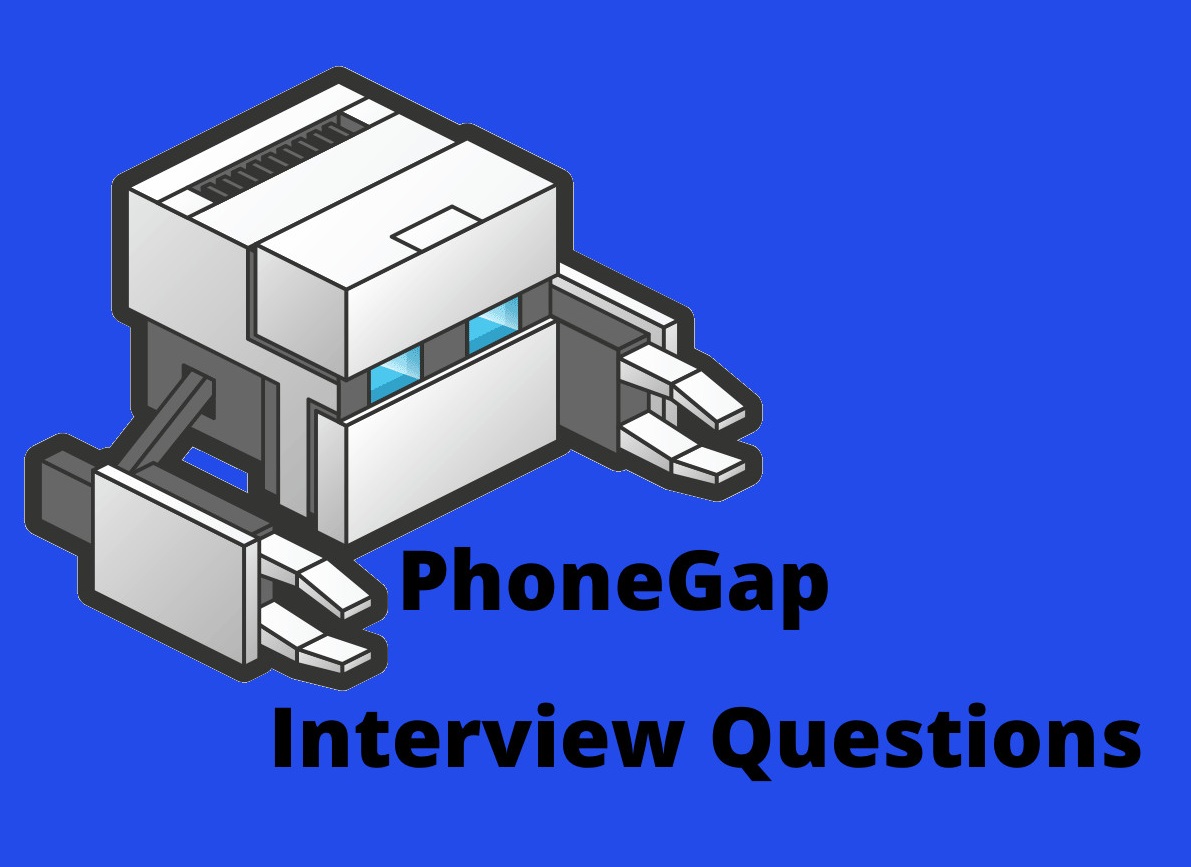Phone Gap Interview Questions: The Phone Gap is a cross-platform environment development by Adobe, which uses the same source code for generating hybrid mobile apps for various multiple platforms.
This is a must-know for the aspiring candidates of modern technology. The candidates with the knowledge of computer languages like CSS, Java, and HTML can fetch the jobs easily in this field.
This technology is popularly considered by many mobile developers because of its features and advancement. Here are the few interview questions related to the Phone Gap, that may help you in cracking the interview and get the ball rolling.

